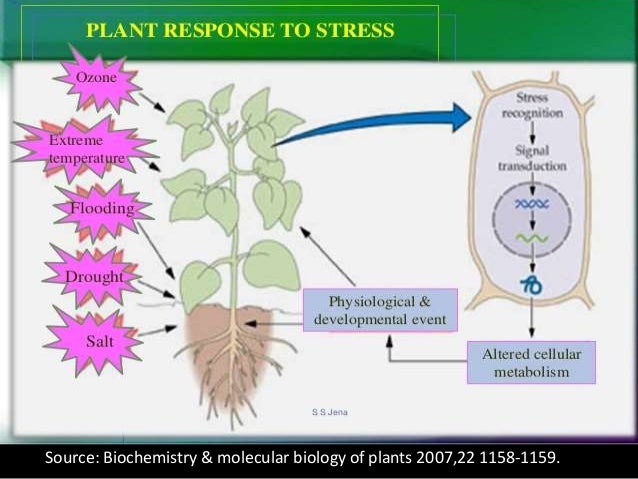Biochemistry And Molecular Biology Of Plants Buchanan Pdf To Jpg

Biochemistry & Molecular Biology of Plants by Buchanan Gruissem Jones. Superbly edited by three distinguished scientists, Bob B. Buchanan, Wilhelm. Ch2/Ap2: Bioenergetics Section. Biochemistry and Molecular Biology of Plants. Buchanan, Gruissem, Jones Biochemistry and Molecular Biology of Plants.
Cellular and Developmental Biology Harvard University, 1991 Luan Laboratory studies how plants perceive and respond to extracellular signals through modifying their developmental and physiological programs. Studies in Luan Lab have identified a new molecular network for calcium signal transduction in plants. Downstream of these early signaling events, plants respond and adapt to environmental changes by regulating the biochemical processes including those at the plasma membrane, vacuolar membrane, and in the chloroplasts. Our goal is to understand the molecular mechanism underlying plant response and adaptation to its environment. Because higher plants can not “walk away” from their environment, they have evolved elaborate mechanisms to integrate their outside world into the program of their life cycle control.

When environmental conditions change, plants rapidly perceive those changes and respond by physiological and developmental changes that would help themselves adapt to the “new” environment. We are interested in revealing the molecular networks that connect the environmental input to the intracellular responses in plants. The understanding of biochemical pathways that allow plants to adapt to constantly changing environment is also among our primary research goals. Upon environmental changes, a plant cell has a number of rapid responses. One of these is fluctuation of cellular Ca 2+ that is often required for the further downstream responses and is thus referred to as a “second messenger”. A critical question regarding calcium signaling is how a simple cation serves as a messenger for so many different signals leading to distinct responses. The key step is signal “sensing”, i.e., the calcium signal is sensed by proteins functioning as Ca 2+ sensors.
Rukovodstvo po primeneniyu rikta 01. Inostr, lit., 1962 5. BIRYUKOV, Prakticheskoye rukovodstvo po primeneniyu matematicheskikh meto- dov planirovaniya eksperimenta dlya poiska optimal'nykh uslovii v mnogofaktornykh protsessakh (Handbook on the Use of Mathematical Methods of Planning Experiments to find Optimum Conditions in Multi-factor Processes). Rukovodstvo po primeneniyu luchevogo (loktevogo) dostupa v interventsionnoy angiokardiologii [A. Babunashvili] on Amazon.com. *FREE* shipping on qualifying offers. Teoriya i praktika substratnoy optimizatsii sistem upravleniya: Rukovodstvo po obucheniyu i prakticheskomu primeneniyu (Russian Edition) [Anatoliy Aleksandrovich Rumyantsev] on Amazon.com. *FREE* shipping on qualifying offers. Yazyk gipnoza. Prakticheskoe rukovodstvo po primeneniyu metodov gipnoterapii i samogipnoza (Russian) Hardcover – 2006. Be the first to review this item.
These sensors bind Ca 2+ and change their conformation/function. Luan Lab recently discovered a family of novel Ca 2+ sensors (CBLs) from Arabidopsis. The CBL-type Ca 2+ sensors function by interacting with and regulating a family of protein kinases (CIPKs) in a number of signaling pathways.
At least 10 members of CBLs interact with 25 CIPKs, forming a large number of molecular complexes that interpret the calcium signals in plant cells. The functional specificity, synergism, and antagonism among various CBLs and CIPKs constitute a complex signaling network for cellular regulation and crosstalk. CBL-CIPK in nutrient sensing: Plants are growing in a nutrient-poor environment especially after a long history of farming. Agricultural production is heavily relying on the application of chemical fertilizers, opposing a serious economic and environmental problem worldwide. One solution would be to breed crops that can tolerate low-nutrient soils without the need of fertilizers. Recent work in Luan laboratory identified a CBL-CIPK signaling pathway that regulates the activity of a voltage-gated potassium channels involved in K-uptake in plant roots.